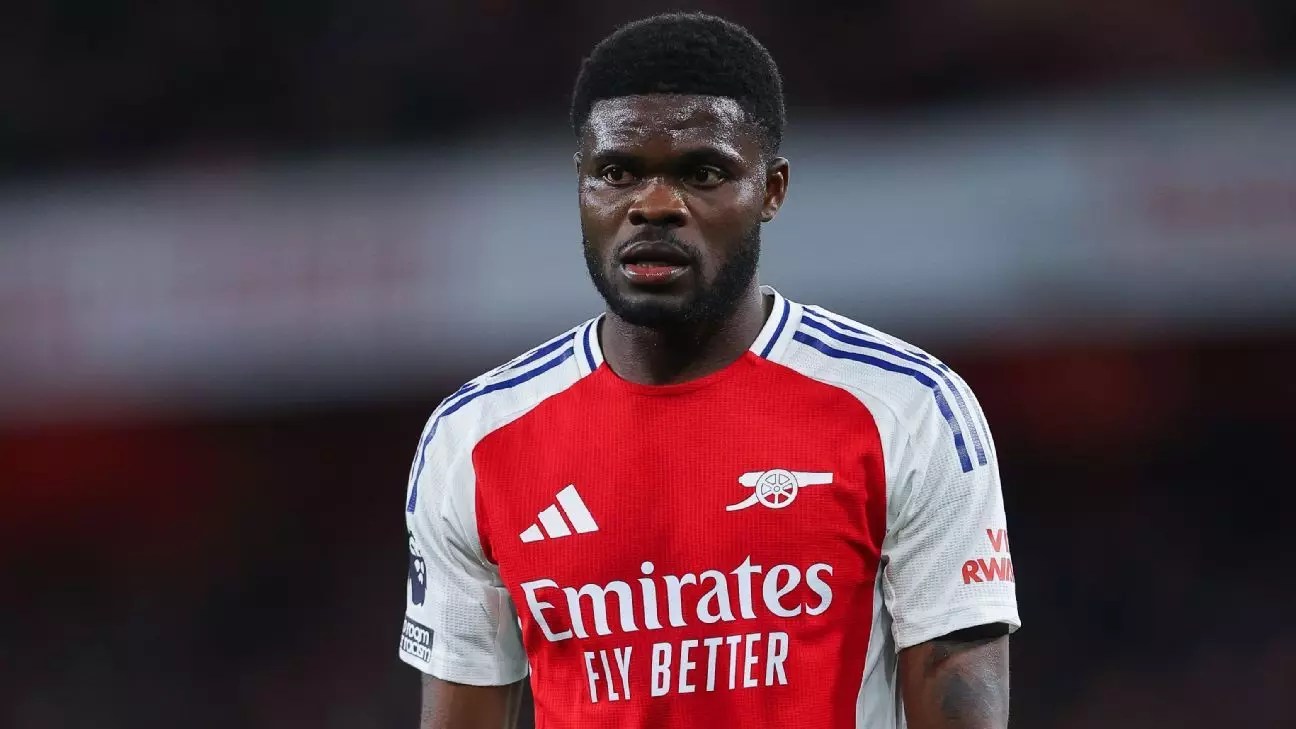In today’s interconnected world, accusations against prominent figures such as Thomas Partey serve as stark reminders of how public perception can be shaped even before a court reaches a verdict. The media coverage paints a narrative that may influence not only public opinion but also the presumption of innocence that is fundamental to justice. When a renowned athlete faces multiple charges of serious offenses like rape and sexual assault, society is compelled to confront the uncomfortable realities of accountability, morality, and the presumption of innocence. However, it is equally crucial to scrutinize the ways in which such cases are portrayed and the risks of immediate judgment that can overshadow the process of due legal proceedings. Public debates often vacillate between condemning alleged behavior and safeguarding the principle that everyone deserves a fair trial.
The Complexity of Legal Proceedings and Personal Rights
Legal cases involving high-profile individuals rarely remain straightforward. The nature of the charges—multiple counts of rape and sexual assault—demands meticulous investigation, evidence gathering, and shrewd legal interpretation. Partey’s legal team asserts his innocence, hinting at the possibility of a vigorous defense, which underscores the importance of not rushing to conclusions. The justice system operates on the principle that all accused deserve a chance to contest the charges, regardless of their status or fame. The potential societal repercussions of prematurely condemning someone based on allegations alone threaten the integrity of justice. Moreover, the rights of the complainants and alleged victims must be protected, ensuring they receive proper support and reassurance that their voices are heard within a fair legal framework.
The Ethical Responsibility of All Stakeholders
Sports organizations, law enforcement, and the media bear significant ethical responsibilities in handling such cases. Arsenal’s neutral stance, citing ongoing legal proceedings, illustrates the delicate balance organizations must maintain amidst public scrutiny. While the club’s decision to distance itself during the legal process reflects a cautious approach, it also raises questions about the role and influence of sport institutions in cases of serious allegations. Law enforcement’s role, as emphasized by investigators calling for community cooperation, highlights the societal need for transparency while respecting legal boundaries. Lastly, the media’s portrayal of these events has the potential to either facilitate justice or distort it. Sensationalism can undermine trust, while responsible reporting can uphold the dignity of those involved and support a fair resolution. Ultimately, the path to truth is complex and requires unwavering commitment from all sectors involved to uphold the principles of justice and integrity.


Leave a Reply